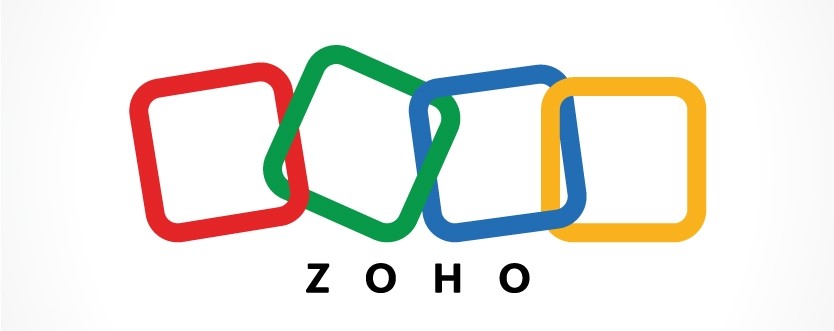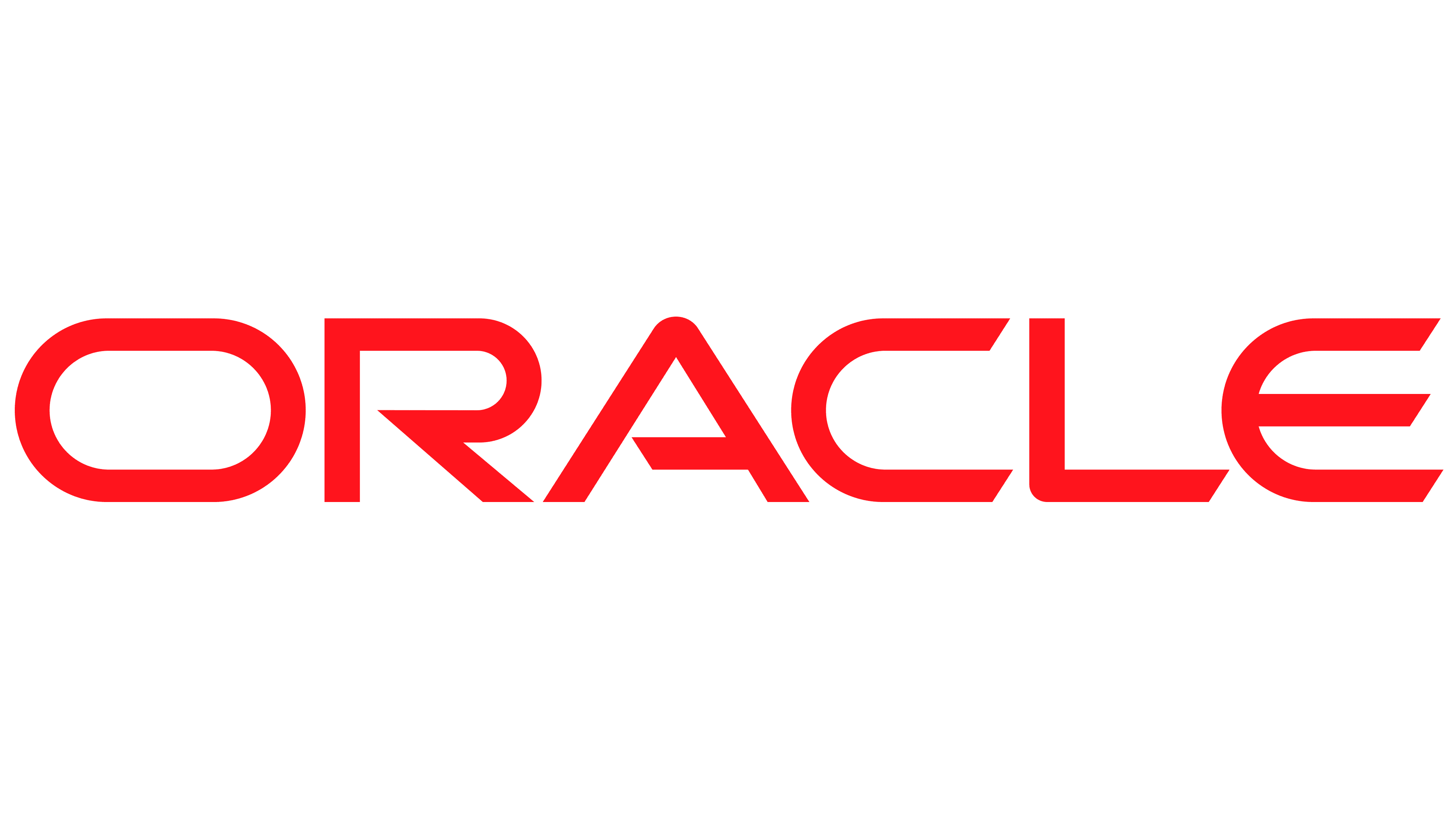Digital Kindle Technologies(DIKITE)
Where digital transformation happens
Digital transformation is an ongoing journey, not a one-time initiative. Organizations need to embrace new technologies, foster a culture of innovation, and refine digital strategies to stay competitive. Dikite helps customers on this ongoing journey, ensuring valuable results for their business.
About Us
Digital Kindle Technologies is a dynamic, cloud-native company committed to driving digital transformation across all business functions. With hubs in Chennai and Bangalore, we are a new-age organization founded by industry experts with over 25 years of experience in IT and IT-enabled services (ITES).
Our core expertise lies in Digital Transformation, Data Center & Infrastructure Services, Cloud Computing, DevOps, IoT, and AI & ML. We empower businesses by delivering innovative digital solutions that help them thrive in an ever-evolving landscape.
With a rich and diverse background across industries such as IT services, banking and finance, energy, and healthcare, we are uniquely positioned to understand our customers needs. By leveraging cutting-edge digital technologies, we help businesses streamline operations, enhance efficiency, and achieve long-term success.
Services
Our Achievements
20+
Technology Partners
15
Completed Projects
10
Total Clients
Technology Expertise






























Meet Our Founders
Prasanna Kumar
Founder & CEO
As the CEO of Digital Kindle Technologies, Prasanna Kumar combines strategic foresight with deep financial expertise to drive the company’s growth and success. With over 20 years of experience in leadership roles, he has honed a unique ability to navigate complex financial landscapes while ensuring long-term sustainability and profitability. Prasanna Kumar is known for blending financial acumen with a visionary approach to business, leveraging data-driven insights to optimize operations, maximize value, and make informed, growth-oriented decisions. He has successfully guided Digital Kindle Technologies through periods of economic change, securing a solid financial foundation and positioning the company for sustained success in a competitive global market.
Karthik Sethuraman
Co-Founder & CTO
Karthik Sethuraman, the Chief Technology Officer (CTO) of Digital Kindle Technologies, is a seasoned technology leader with expertise in cloud computing, data center management, and Data analytics. With over 20 years of experience, he has led organizations through digital transformation, architecting scalable and secure technology solutions that drive business success. He has a strong track record in cloud strategy, data center optimization, and advanced data solutions that enhance efficiency and deliver actionable insights. Passionate about building high-performance teams, he fosters collaboration and continuous learning, ensuring a resilient, future-ready infrastructure for evolving business needs.
Our Offices
Chennai
Suite No:3, Second Floor Sun Plaza, Old No:19, New No:39 GN Chetty Road, Chennai - 600006
Bangalore
No:775 ,1st Floor, Shree Balaji Emporium, 60 Feet Road, BEML Layout 5th Stage, RR Nagar,Bangalore - 560098
Copyright © 2025 Digital Kindle Technology


